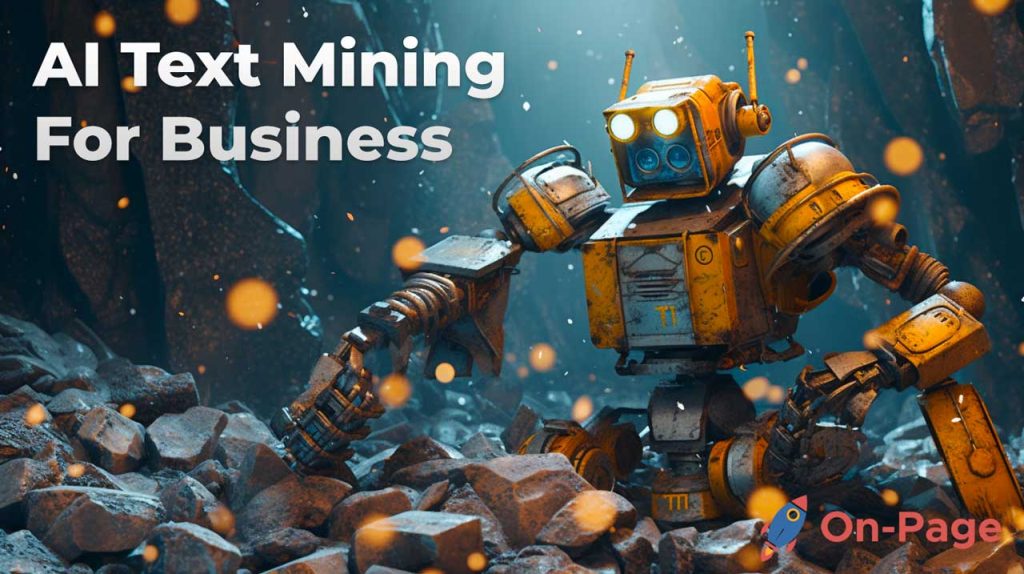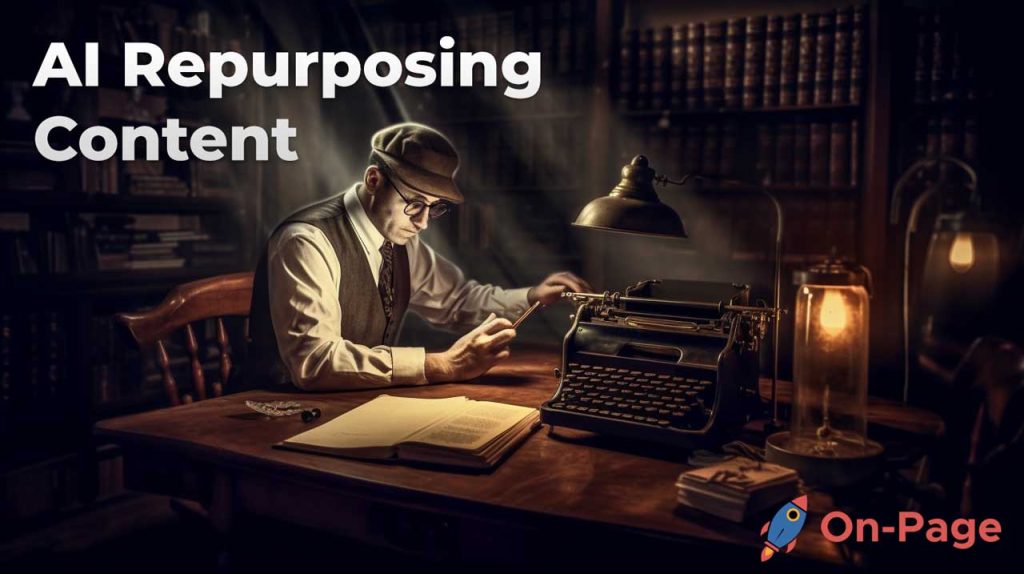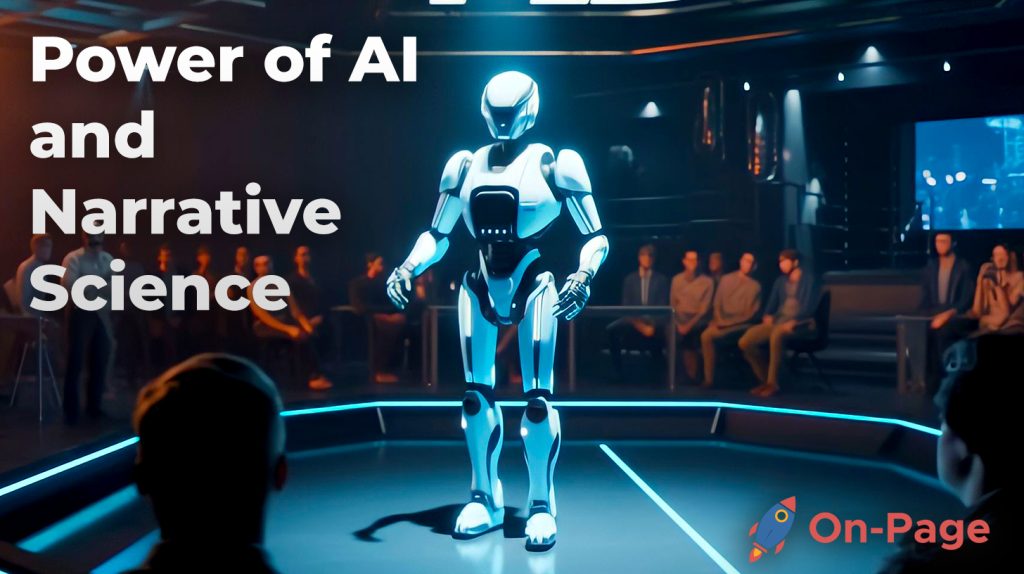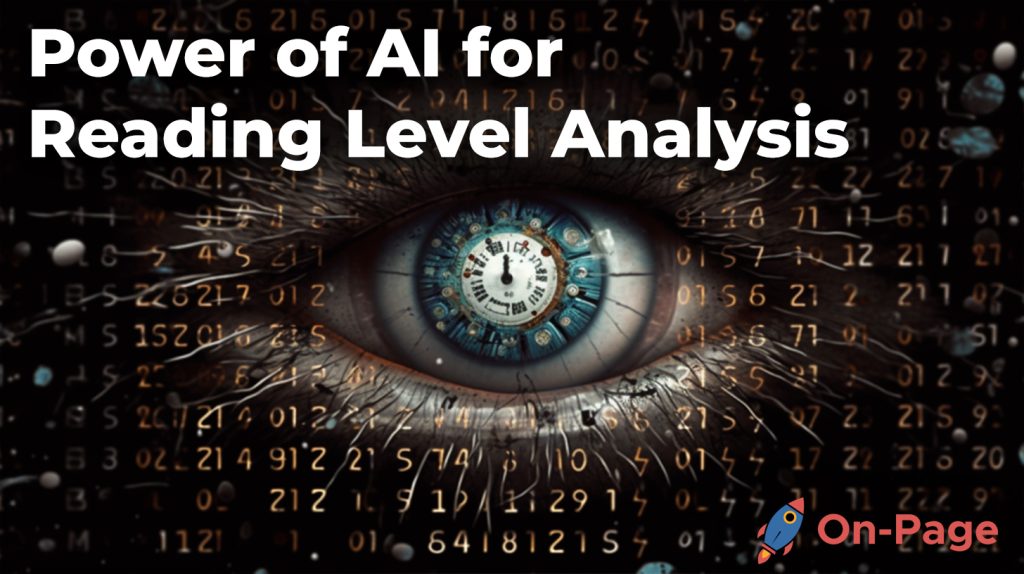
Ever wondered if your content is hitting the right chords with your target audience? It’s a common concern for writers, marketers, and businesses alike. But fret not, as the world of AI has unlocked astonishing new ways to analyze the reading level of any piece of written work! Dive into this blog post to uncover the power of cutting-edge AI-driven Reading Level Analysis tools that will revamp your content game, optimize SEO, and make a lasting impact on your readers. Say goodbye to wild guesses and embrace the precision only AI technology can offer like what On-Page.ai does best.
Our article on AI and Reading Level Analysis explores how machine learning and natural language processing can be used to quickly analyze the readability of text. We also discuss how these tools can suggest edits to improve the reading level of content, making it more accessible and engaging for a wider audience. By leveraging AI for reading level analysis, businesses and content creators can better optimize their content for SEO, user experience, and accessibility.
AI and Reading Level Analysis
In recent years, Artificial Intelligence (AI) has made its way into various fields of study and practice, including education and web content development. One of the most remarkable uses of AI technology is in analyzing reading level, both for students and online audiences.
Imagine receiving an article from your boss or professor filled with jargon and technical terms beyond your level of comprehension – not only would it be discouraging, but it would leave you feeling defeated. This is a common experience among millions of people who struggle with reading materials beyond their reading levels. Fortunately, AI has made measuring readability quick and efficient.
Through the use of complex algorithms and natural language processing (NLP), AI technology can analyze written texts for complexity, sentence structures, vocabulary, word count, among other factors that affect readability. In fact, it can do all these things more accurately than human readers.
However, some people argue that employing AI technology to analyze reading level could also have its drawbacks. For instance, some believe that AI measurements don’t accurately capture the nuances of written language like figurative language, sarcasm or irony which can impact readability as well.
Consider comparing AI-powered readability analysis to a GPS providing precise navigation instructions to drivers on unfamiliar routes. While humans can interpret maps and sometimes find their way through trial and error, GPS systems offer more accuracy in providing direction.
On-Page Stealth Writer and ReWriter take readability seriously. That’s why they only produce high-quality, non-robotic content. Even articles that are arguably better than human writers.
The benefits abound when it comes to implementing AI into reading level analysis.
- A 2020 survey found that 54% of content professionals use AI to assist in creating and optimizing their content, which often includes enhancing readability.
- In a study published in 2018, researchers found that machine learning algorithms could predict readability scores with an accuracy of up to 90% when trained on large-scale datasets.
- AI-powered readability tools, such as the AISEO readability checker tool, have been shown to help users increase their Flesch reading ease scores by an average of 20-25 points, thereby making their content more accessible to a wider audience.
Measuring Readability with AI Technology

Picture an elementary school teacher preparing a lesson plan for young kids who are still learning how to read. Now imagine if they had access to an AI-driven tool that could analyze their existing instruction materials and optimize them for comprehension by lowering the reading level without losing any critical content.
Such is the power of measuring readability using AI technologies. With the help of automated tools that use machine learning (ML) and deep learning algorithms, we can make materials more accessible to people across reading levels.
Nevertheless, some might argue that AI’s computational approach to text analysis might not always reflect what humans consider good or engaging writing because it reduces judgments to predictable data points such as sentence length or syllable count.
Comparing this argument to a chef who uses software to determine the perfect amounts of herbs and spices in a recipe, there will always be a unique human component in the art of cooking beyond mere math or science. But when it comes to creating recipes for mass production, such scalable data-driven approaches are essential.
Regardless of the arguments against AI text analysis, it undeniably has promising potential in education programs and online media production. Expertly designed readability analysis tools have been created to deliver content optimized for search engine optimization (SEO), digital accessibility, user engagement, and comprehension.
Readability is no doubt crucial in content creation. Fortunately, On-Page content optimization tool is specifically designed to generate content that the search engines and your target audience will enjoy. The Stealth AI Writer delivers nothing but informative and interesting articles and other content pieces–something that will guarantee improved user engagement and website ranking.
Benefits of AI in Education and Web Content
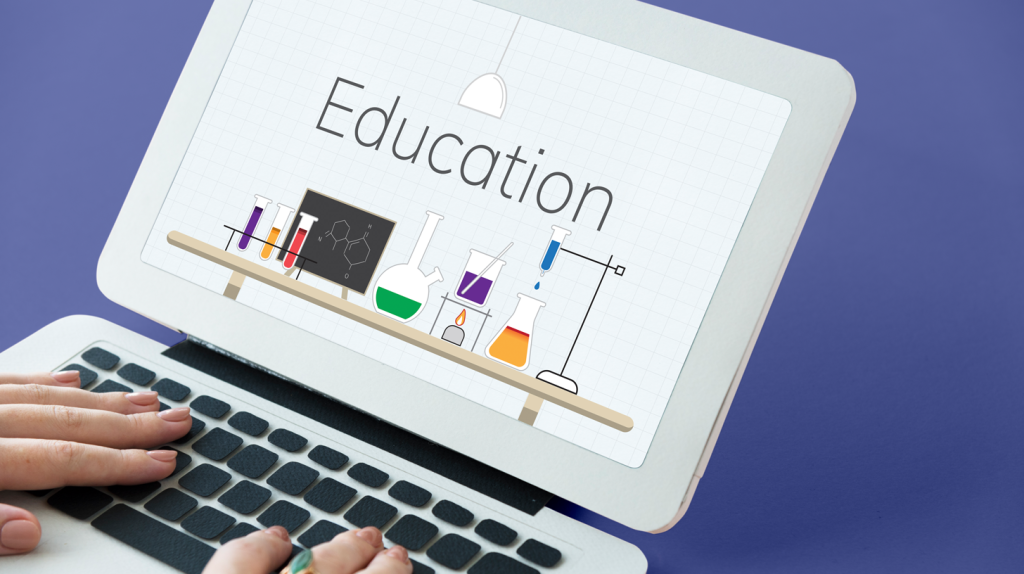
Artificial intelligence has significantly impacted diverse industries, including education and web content. AI-powered tools have revolutionized the way digital materials are created, optimized, and managed. Here are some of the ways that AI benefits both educators and web content creators:
Personalization
AI-based adaptive learning technologies have enabled educators to personalize learning experiences for their students. These algorithms use machine learning to analyze how students learn best and adapt coursework accordingly. For instance, an AI-powered program could track a student’s progress in a specific subject or skill area and adjust the difficulty level of course materials accordingly.
Automation
Beyond personalization, AI can also be used to automate many administrative tasks such as grading assignments and responding to student questions. This automation allows educators to focus more on creating engaging and effective instructional materials instead of tedious administrative tasks.
Some argue that these automated systems can discourage critical thinking skills and reduce personal interactions between instructors and students. However, others believe that these technologies provide necessary support that allows teachers to focus on higher-level pedagogical work.
It’s similar to how an accountant might use financial software for mundane tasks like accounting or payroll. Automation frees up more time for accounting professionals to focus on strategic financial planning rather than menial data entry.
Automation is awesome! Imagine if you can automatically optimize your content to rank high on SERPs. Wait, you actually can with On-Page.ai’s Auto Optimize feature. With just a couple of clicks, your articles are optimized and ready to outrank your competitors.
While using AI for education may have some debates around it, there is little debate when it comes to using AI in web content creation and optimization.
Optimizing Materials for Comprehension
One significant issue facing educational institutions today is the challenge of crafting materials that are accessible and understandable for all learners. It’s also crucial for businesses and brands targeting customers through digital channels to have easily accessible content that resonates with their audience.
This is where artificial intelligence comes in – by interpreting data points such as demographics, user behavior patterns, and content interactions. AI can help organizations understand how to optimize web content and digital materials for maximum comprehension.
For instance, the AISEO readability checker tool uses AI technology and machine learning to suggest easier words to make content more engaging. The Flesch reading ease score is the most frequently used readability score, with a score of 60 or higher considered the easiest to understand. The readability score is measured on a scale from 0 to 100, with the higher score indicating easier to read content.
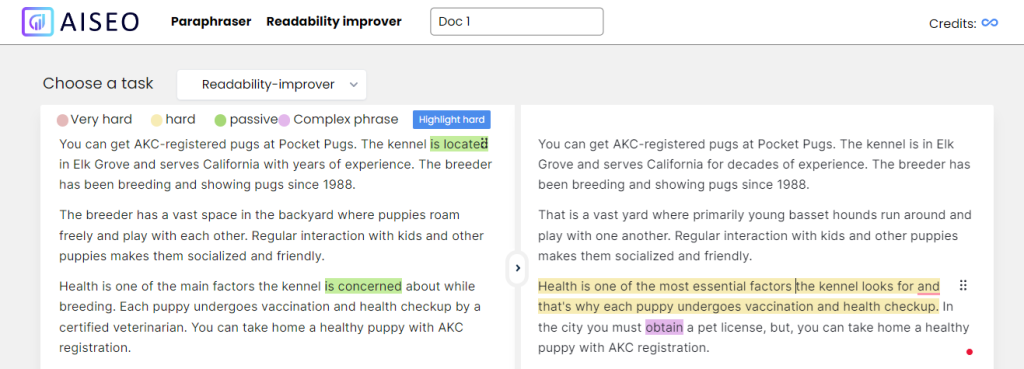
While some may argue that using simpler language may “dumb down” the material, it’s essential to recognize that making all text easy to read is considered a best practice and helpful for search engine optimization.
Think of it this way – if you use highly technical language in your web content geared towards customers that are not experts in your industry. It’s similar to doctors using complex jargon when discussing medical issues with non-medical professionals – it can create confusion and inefficiency.
Optimizing materials for comprehension is critical for connecting with both students and customers alike, and AI provides significant benefits by helping us understand how to best approach this challenge.
Improving Accessibility and Engagement
AI technology has revolutionized the world of content accessibility and engagement, making it easier for users to read and understand complex information. The fact is, not everyone has the same reading level, and making content as readable as possible helps increase engagement while also improving accessibility. With AI-powered tools, web content creators can now optimize their content for maximum readability.
For instance, a web designer creating website content aimed at senior citizens with certain disabilities would benefit from using AI technology to analyze the text and make it easier to understand. Using AI algorithms to improve readability will decrease frustration among these users, making it more likely they’ll stay on the website longer.
Another example of the impact of improved readability provided by AI is in education. Students around the world are struggling with reading comprehension due to the disparity in literacy levels. However, AI-guided teachers have been able to help students pick up basic reading skills faster than traditional methods due to the personalized approach AI takes.
Now, some might argue that readability should not be sacrificed for style or creativity; after all, people love engaging and interesting content that is written in an engaging way. However, research shows that readers are more likely to engage with content when the comprehension level is optimal. Studies suggest that higher readability scores enhance user engagement while lowering bounce rates and increasing conversions.
Isn’t that what all businesses aim for? Readable, compelling content that converts. If you resonate with this, this is your green light to check out On-Page AI content generator. This handy AI content optimization tool will help you overhaul your content marketing efforts.
Overall, there’s no denying that improving accessibility and engagement with AI technology plays a significant role in effective communication. Readability assessment tools that use machine learning algorithms offer a quick and reliable solution for increasing accessibility and engagement across all industries.
Tools for Automated Reading Level Assessment
As we’ve seen above, improving accessibility and engagement levels through automated reading level assessment is critical in modern-day communication. Here’s where AI-powered tools come into play:
Some of these tools allow you to quickly assess the readability of your written content through automated checks. They analyze sentence complexity, sentence length, and vocabulary usage. For instance, On-Page.ai’s Topical Keyword Search tool uses AI technology to suggest better words that make your content more relevant and understandable to your readers.
These tools are helpful in a wide variety of fields—companies can use them for effective marketing campaigns that appeal to a broader audience with varying reading levels. Examples might include writing web copy for e-commerce sites or news articles on high-traffic blogs and digital magazines.
In a way, using these tools is comparable to checking your writing for grammar errors before publishing your work. Just like we need tools like Grammarly to help us streamline our writing and detect errors, reading level analysis tools help us fine-tune our communication skills and reach a broader audience.
Analyzing Text for Comprehension and Complexity

Assessing text comprehension and complexity is a crucial aspect of creating high-quality content, particularly in the fields of education and digital marketing. One way to achieve this is to use reading level analysis, which examines various elements of writing to determine how easily an audience can understand it.
For instance, an article written at a 10th-grade level would be hard to understand for someone who only reads at an 8th-grade level, which is the average reading level for most Americans. Similarly, if you’re targeting your content to reach children in elementary school, it doesn’t make sense to write complex sentences with challenging words since they wouldn’t be able to comprehend them.
To evaluate readability accurately, we need advanced computer algorithms that rely on artificial intelligence (AI) technology. Automated reading level assessments incorporate machine learning models that analyze text features such as sentence length, word choice, ambiguity, passive voice usage, and more. These features are then used to calculate different readability scores that help measure the overall difficulty of the text.
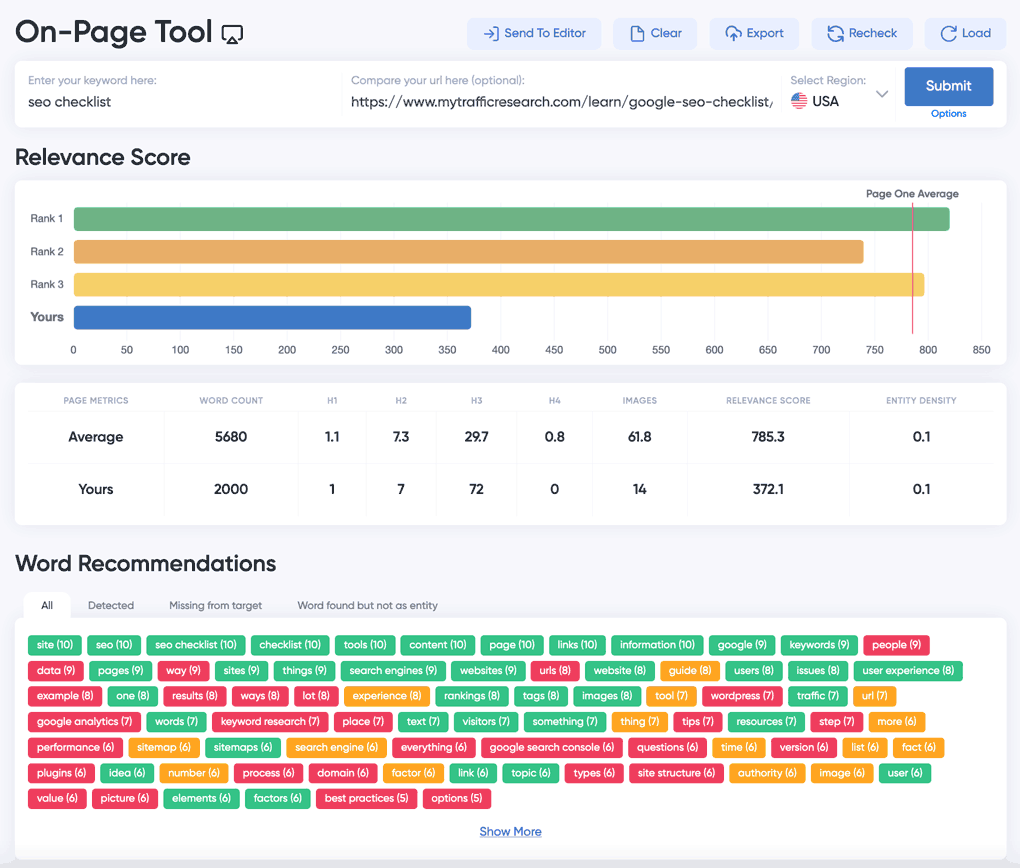
By using tools such as On-Page Content Editor and Stealth AI Writer, writers and marketers can ensure their material reaches all readers effectively. AI-based models allow for faster processing times and larger data analysis capabilities than human evaluations alone provide.
Practical Applications of AI Reading Level Analysis
There are several practical applications of using AI for reading level analysis today across various industries. One prime example is the education industry. Teachers can use AI-powered reading level assessment tools to evaluate their students’ comprehension levels in real-time and make instructional adjustments accordingly.
Critics argue that relying on AI technology for evaluating student comprehension levels can lead to biased outcomes. However, proponents of AI-based models claim that the algorithms can account for various factors, including cultural backgrounds or learning styles, leading to more impartial evaluations than standard classroom tests.
On the marketing front, companies can use AI-powered tools like On-Page to evaluate their web content and create better marketing strategies. Such tools help identify areas where the material is too advanced or has complex vocabulary, thereby improving engagement and accessibility.
Consider a scenario where you’re traveling abroad and need directions. You wouldn’t want the local guide to speak at a level above your comprehension since that would hinder your ability to navigate your way around. Similarly, when writing content, it’s crucial to consider the target audience’s cognitive abilities to ensure they comprehend the information conveyed effectively.
Overall, AI offers an exciting opportunity to unlock new insights into the complexity of texts and improve understanding for people of all ages and abilities.
With AI-driven tools like On-Page.ai, users can ensure their content’s readability and sophistication levels. This content and SEO tool churns out well-researched, highly-valuable articles. It can also recommend relevant keywords and topics your target market is already searching for so you can improve your engagement and translate it into sales, ultimately.
Sounds good? Let’s get you started by signing up today!

